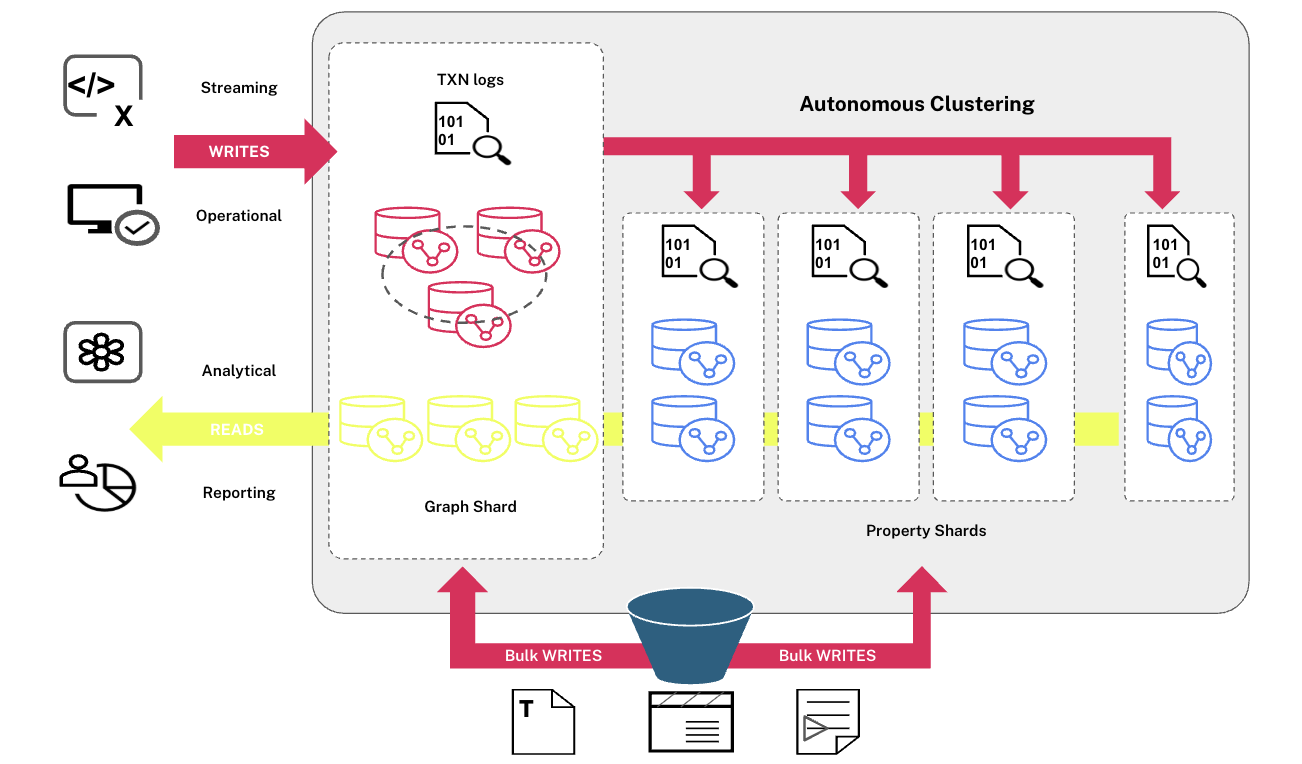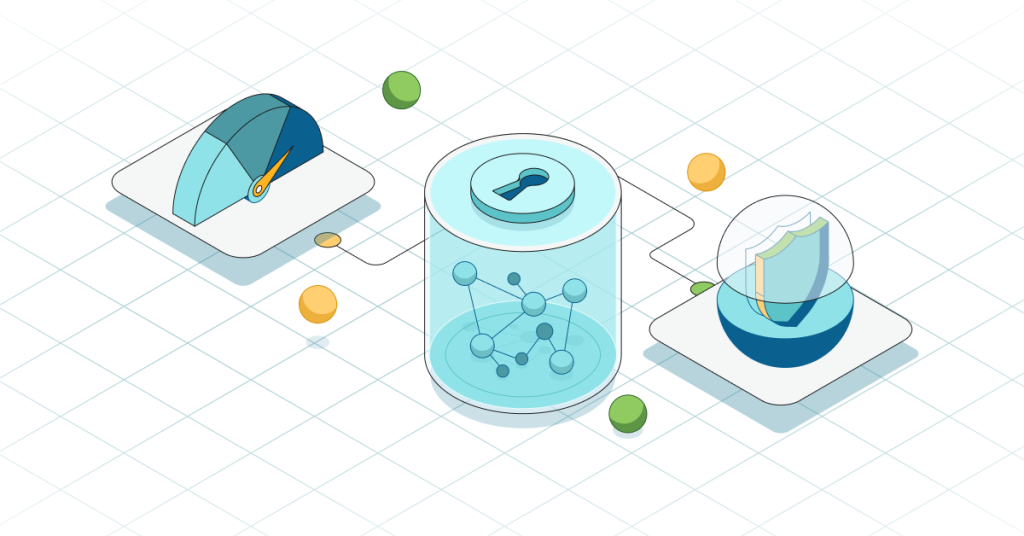Why Production-Grade Neo4j Hosting Matters – From One Graphista to Another

Founder of GrapheneDB
4 min read

 Editor’s Note: GrapheneDB is a Bronze sponsor of GraphConnect San Francisco. Register for GraphConnect to meet Alberto and other sponsors in person.
Editor’s Note: GrapheneDB is a Bronze sponsor of GraphConnect San Francisco. Register for GraphConnect to meet Alberto and other sponsors in person.
I’m a developer who knows what it’s like to set up Neo4j in production.
I’ve been in the trenches of graph data modeling, coding Cypher and migrating graph databases to the cloud, and while I’m the founder of a Neo4j hosting startup, I’m not a businessman by trade and this isn’t about trying to sell you something.
Instead, let’s have an honest conversation – just one graphista to another.
The reason I got into the hosting business to begin with was because I saw too many hackers, developers and startups struggling to overcome the same challenges I first faced when I started with Neo4j. The good thing is, you don’t have to repeat my mistakes.
My First Encounter with Graph Databases
I first learned about graphs in university, but no one really explained to me what they were good for. While I passed the exam, graphs really didn’t mean anything to me at that point.
Years later, I was working on a project trying to match people based on shared interests (and shared dislikes). The customer’s previous implementation asked poor questions for finding the right relationship, and it certainly didn’t have an efficient way of weighting various answers.
So I started looking for other technologies to help me make sense of connected data, and I rediscovered graph databases. Then, at a conference in Baltimore, I attended a session about Neo4j specifically, and I knew there must be a way to use a graph database to make sense of the related data.
One of the things I loved most about Neo4j was how easy it was to get started with graph data modeling.
Particularly at the beginning of a project, you’re not always sure how your data is related or how you’re going to make sense of it, but the graph model allows for a great amount of flexibility. With Neo4j, you can start with a simple model and then make the queries more complex as you build it up further.
Let Me Tell You about GrapheneDB
In 2010, I was working on a different project and didn’t want to go through the work of setting up and monitoring servers. At that time, my team used Heroku to host our applications, and while we wanted to use Neo4j, we couldn’t find a good place to host it.
Two years later, we decided to do something about it. Now, GrapheneDB is the best way to get started with Neo4j hosting in the cloud, whether that’s for development purposes or for a complete production environment.
Our mission: Make Neo4j hosting easy right from the start.
And we’re not just talking about huge corporate customers – in fact, we’re on a mission to support smaller companies, startups and individual developers who need to host Neo4j on the cloud and get it up and running quickly.
When you first encounter Neo4j, there’s so many new skills to master (like graph vs. relational modeling or picking up Cypher), and with all these new lessons to learn, we want you to be successful building your applications – without bothering about how to set up a server or worrying about backups.
At GrapheneDB, we’ve been operating Neo4j in the cloud since 2013, so we’re used to dealing with the common problems developers encounter when hosting Neo4j for the first time in production. We take care of the operations for you so that you can focus on other aspects of development.
Advantages of Not Configuring Your Own Neo4j Hosting
Of course you could set up your own server, but a lot of developers highly underestimate the amount of effort and knowledge that it takes to run their own hosting.
It’s much more complicated than just taking a cloud image and putting it on a server – you also have to know how to set it up correctly for resilience and regular backups.
Think about it: If your server goes down, will you be losing data? What if Amazon Web Services goes down? Are you making sure your database is being monitored? Probably not.
A lot of people simply choose to work with us because they don’t want to be involved in all the nitty-gritty details of Neo4j hosting.
Oh, and did I mention the 24/7 expert support? When there are issues with your hosting service, we’re the ones on the phone with Amazon to figure out what’s wrong and to make sure you have options to move forward. We carry the pager around so you don’t have to.
Try Us Out – Free
For anyone who wants to get started with Neo4j, GrapheneDB’s free plan lets you play around with Neo4j without even installing it. Once you like what you see, you’re up and running quickly.
Our plans even let you choose where you host: Amazon (AWS), Microsoft Azure or Heroku.
As an AWS Technology Partner and a Neo4j Solution Partner, we’re the perfect combination for anyone wanting to host Neo4j in the cloud.
Still not convinced? Talk over your questions with me at GraphConnect San Francisco, or if you’re in the San Francisco Bay Area, I’ll be in town a few weeks prior as well (starting today).
From one graphista to another, remember that when it comes to Neo4j hosting, let us take care of the hosting so that you can focus on having fun with Neo4j.
Register below to meet and network with Alberto Perdomo of GrapheneDB – and many other graph database leaders – at GraphConnect San Francisco on October 21st.








